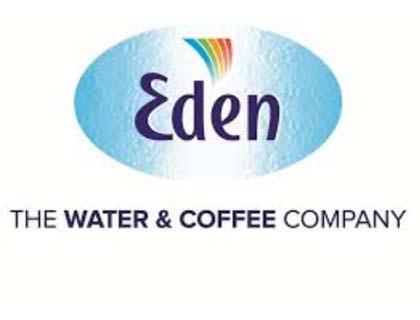0800 011 4531
Call FREE: Mon-Thu: 08:30-17:00 Friday: 08:30-16:00
The term ‘diversity’ is most commonly associated with a mix of genders, cultures and ethnicities. However, the term can also apply to personalities, skills and education levels. Unfortunately, it’s a common practise for organisations to try and mould a mixed bag of personalities into their ‘ideal’ employee, with the aim of creating a uniform workforce. More often than not, this leaves employees feeling like robots - not using their strengths, and being given tasks which they struggle with. This can seriously impact productivity, causing businesses to suffer as a consequence. By embracing and addressing individuality in the workplace, businesses can optimise their workforce. Goal: Effectively utilising the strengths of individuals in order to promote synergy within a team. Internationally recognised leadership academic, John Adair, devised a model named the ‘three circles of leadership’ - identifying three key areas for managers to focus on when leading a team.  This simple model clearly identifies the individual as one of the three considerations effective management must take into account. The individual overlaps the team and the task in the model, as the team will not perform effectively if the individual is not developed or utilised effectively. The individual also needs the task in order to feel motivated. With this thinking in mind, it is clear that the individual should be the starting point of employee management activities. Take Action: Send out an email to all of your employees, asking them to highlight the area in which they feel most comfortable and any particular tasks they need additional help with. This will give you a clear overview of the strengths and weaknesses of the individuals within the team you manage. Featured Expert: “You cannot buy ready-made and assembled teams from a quality department store such as Harrods. Teams come in a flat-packed self-assembly form. And just like a flat-pack piece of furniture from IKEA, the more time and care you take in assembling each part, the stronger it will be and the longer it will last!” John Moore - Managing Director of Exponential Training, providing management training to business professionals. Once you’ve explored the individual talents within your team, you can work on nurturing employees’ abilities – giving you a clear understanding of which role best suits them in team projects. The concept of a daily “development hour” is a great way to build on your employees’ abilities. This time is dedicated solely to individual learning on a set topic – this could mean building on strengths or improving upon weaknesses. Webinars, online guides and solo research are all great ways to build skills during a development hour.
This simple model clearly identifies the individual as one of the three considerations effective management must take into account. The individual overlaps the team and the task in the model, as the team will not perform effectively if the individual is not developed or utilised effectively. The individual also needs the task in order to feel motivated. With this thinking in mind, it is clear that the individual should be the starting point of employee management activities. Take Action: Send out an email to all of your employees, asking them to highlight the area in which they feel most comfortable and any particular tasks they need additional help with. This will give you a clear overview of the strengths and weaknesses of the individuals within the team you manage. Featured Expert: “You cannot buy ready-made and assembled teams from a quality department store such as Harrods. Teams come in a flat-packed self-assembly form. And just like a flat-pack piece of furniture from IKEA, the more time and care you take in assembling each part, the stronger it will be and the longer it will last!” John Moore - Managing Director of Exponential Training, providing management training to business professionals. Once you’ve explored the individual talents within your team, you can work on nurturing employees’ abilities – giving you a clear understanding of which role best suits them in team projects. The concept of a daily “development hour” is a great way to build on your employees’ abilities. This time is dedicated solely to individual learning on a set topic – this could mean building on strengths or improving upon weaknesses. Webinars, online guides and solo research are all great ways to build skills during a development hour.
